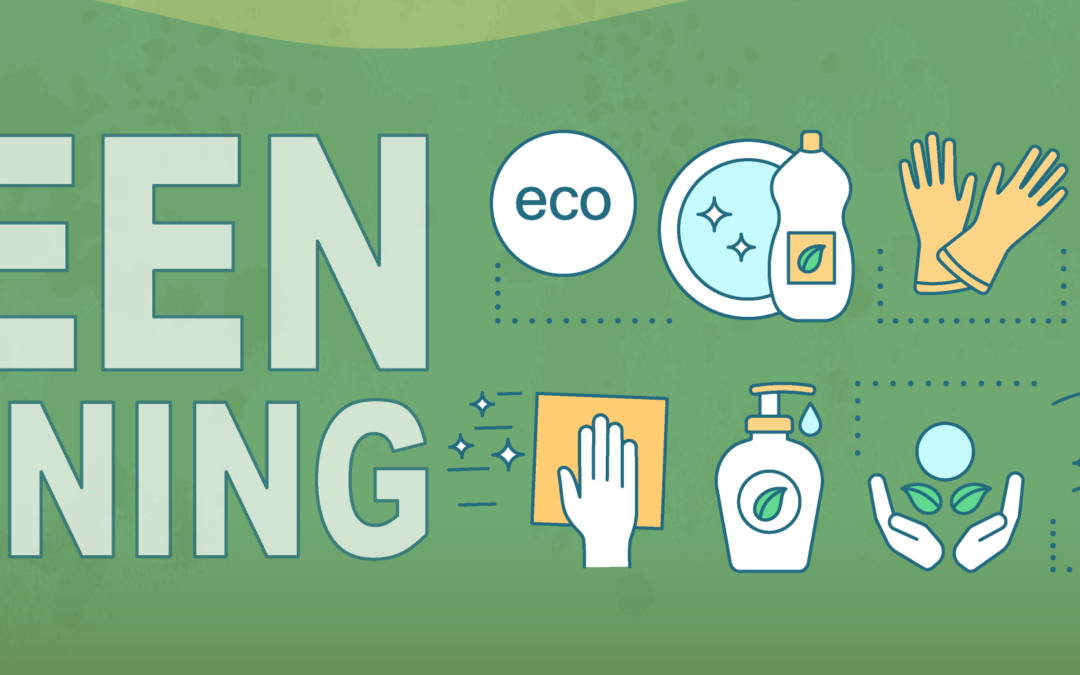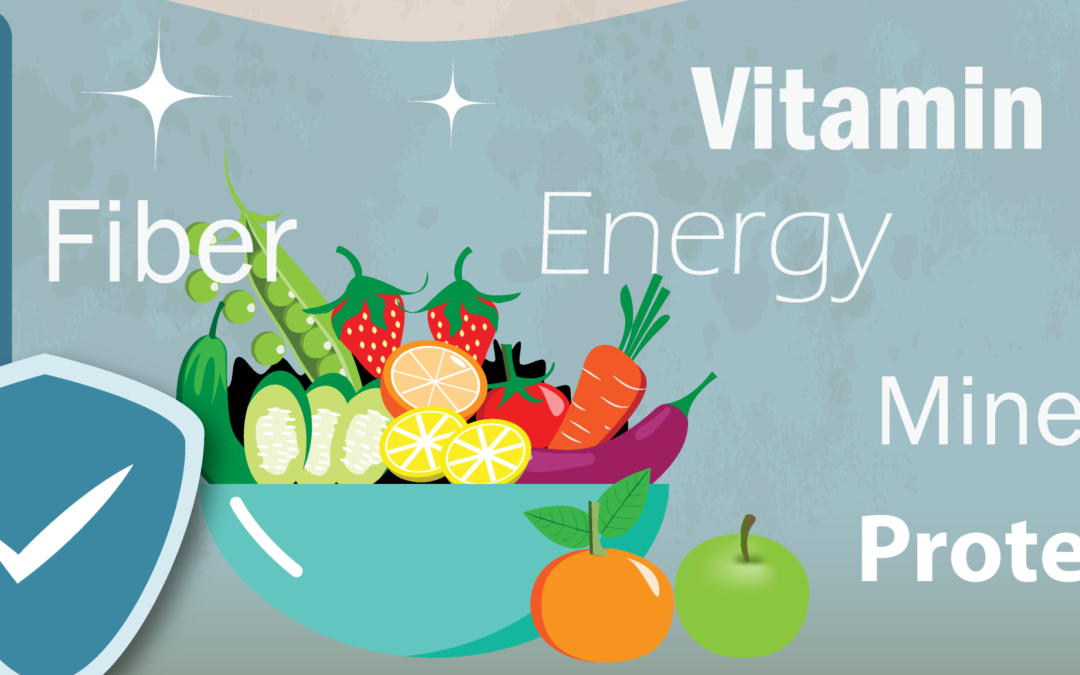Powerlink’s Blog

Eating a diet of a rainbow of colors delivers a wide range of nutrients
Eating various fruits and vegetables is important for maintaining good health, but have you ever heard of eating a rainbow of colors? This concept involves incorporating a variety of fruits and vegetables into your diet that represents all the colors of the rainbow. By doing so, you can reap many benefits for your body.
We’ll explore the benefits of eating a rainbow of colors and how it can help ensure a wide range of nutrients for your body.
What is the Rainbow Diet?
The Rainbow Diet is a way of eating that focuses on incorporating fruits and vegetables of all colors into your meals. It’s based on the idea that different colors of fruits and vegetables provide different nutrients essential for good health. By eating a wide range of colorful produce, you can ensure your body gets all the nutrients it needs.
The colors of fruits and vegetables correspond to specific nutrients. For example, orange and yellow fruits and vegetables like sweet potatoes and oranges are rich in beta-carotene, which is converted into vitamin A in the body. Green vegetables like spinach and kale are rich in folate, vitamin K, and antioxidants. Red and purple fruits and vegetables like berries and eggplants contain anthocyanins, which have antioxidant properties that protect cells from damage.
The Benefits of Eating a Rainbow of Colors
Improved Nutrient Intake
Eating a wide range of colorful fruits and vegetables can help ensure your body gets all the essential nutrients it needs. By incorporating various colors into your diet, you can increase your intake of vitamins, minerals, and antioxidants, which can help improve your overall health and well-being.
For example, vitamin C is found in many fruits and vegetables, including oranges, strawberries, and bell peppers. Vitamin C is important for immune function, skin health, and wound healing. Incorporating these fruits and vegetables into your diet can increase your vitamin C intake and support these important functions.
Reduced Risk of Chronic Disease
Eating a rainbow of colors can also help reduce your risk of chronic diseases like heart disease, diabetes, and cancer. Fruits and vegetables contain various compounds shown to have protective effects against these diseases.
For example, the antioxidants found in fruits and vegetables can help protect cells from damage and reduce inflammation in the body, which are essential factors in the development of chronic diseases. Studies have also shown that a diet rich in fruits and vegetables is associated with a lower risk of heart disease, stroke, and certain types of cancer.
Improved Digestive Health
Eating a variety of colorful fruits and vegetables can also help improve your digestive health. Fruits and vegetables are high in fiber, important for maintaining regular bowel movements and preventing constipation.
Additionally, certain types of fruits and vegetables, such as cruciferous vegetables like broccoli and kale, contain compounds that can help promote the growth of beneficial gut bacteria. These bacteria are important for maintaining a healthy gut microbiome, which is essential for overall health and well-being.
Weight Management
Incorporating a variety of colorful fruits and vegetables into your diet can also help with weight management. Fruits and vegetables are low in calories and fiber, which can help you feel full and satisfied after meals. This can help reduce the calories you consume overall, benefit weight loss or weight maintenance.
Improved Mood and Mental Health
Eating a rainbow of colors can also benefit your mood and mental health. Fruits and vegetables contain various nutrients important for brain function and mental health, including B vitamins, vitamin C, and magnesium.
Additionally, studies have shown that a diet rich in fruits and vegetables is associated with a lower risk of depression and anxiety. This may be due to the presence of antioxidants and anti-inflammatory compounds in fruits and vegetables, which can help reduce inflammation in the brain and support healthy neurotransmitter function.
Tips for Incorporating a Rainbow of Colors into Your Diet
Incorporating a variety of colorful fruits and vegetables into your diet may seem daunting at first, but there are a few simple tips you can follow to make it easier:
Plan ahead: Before grocery shopping, list the different colors of fruits and vegetables you want to incorporate into your meals for the week. This can help you stay organized and ensure you’re getting various nutrients.
Mix and match: Mix different fruits and vegetables colors to create colorful salads or stir-fries. This can make your meals more visually appealing and help you get a broader range of nutrients.
Experiment with new foods: Don’t be afraid to try new fruits and vegetables that you haven’t tried before. This can help keep your meals interesting and ensure you’re getting a variety of nutrients.
Use fruits and vegetables as snacks: Instead of reaching for processed snacks like chips or cookies, try snacking on fruits and vegetables instead. This can help you get more nutrients throughout the day and reduce your intake of unhealthy foods.
Buy in season: Fruits and vegetables that are in season are often less expensive and more flavorful. They can also be more nutritious as harvested at their peak ripeness.
Examples of Colorful Fruits and Vegetables
Here are some examples of colorful fruits and vegetables you can incorporate into your diet:
- Red: tomatoes, red bell peppers, strawberries, raspberries, cherries
- Orange/Yellow: carrots, sweet potatoes, oranges, mangoes, pineapple
- Green: spinach, kale, broccoli, peas, green apples
- Blue/Purple: blueberries, blackberries, grapes, eggplant, purple cabbage
- White: cauliflower, onions, garlic, mushrooms, turnips.
Conclusion
Incorporating a rainbow of colors into your diet can benefit your health and well-being. Eating a wide range of colorful fruits and vegetables ensures your body gets all the essential nutrients it needs to function properly. Additionally, a diet rich in fruits and vegetables can help reduce your risk of chronic diseases, improve your digestive health, support weight management, and even improve your mood and mental health. So next time you’re planning your meals, consider incorporating a variety of colorful fruits and vegetables to ensure you’re getting all the nutrients you need.

The Benefits of Using Green Cleaning Products in Healthcare Settings
Green cleaning products are an effective way to keep healthcare facilities clean and safe for patients and staff. As more and more people become aware of the negative impact of traditional cleaning products on the environment and human health, the demand for green...

Which foods are a good source of protein in a senior’s diet to maintain muscle mass
As we age, our body goes through many changes, and one of the most significant changes is the loss of muscle mass. This loss of muscle mass is known as sarcopenia, affects many seniors. Sarcopenia can decrease mobility, strength, and overall quality of life. However,...
